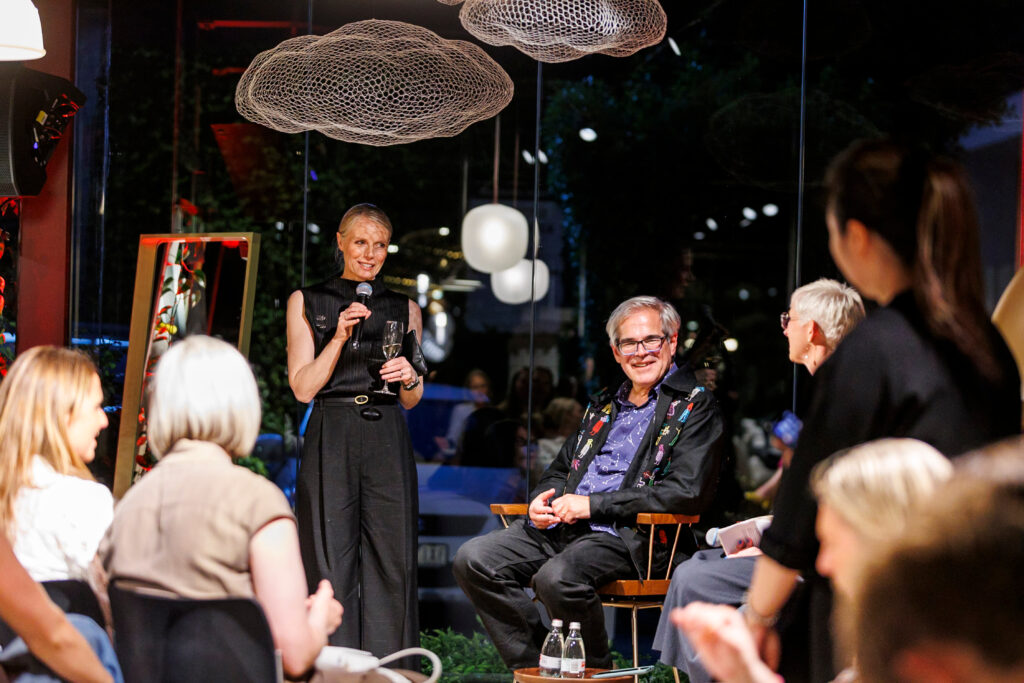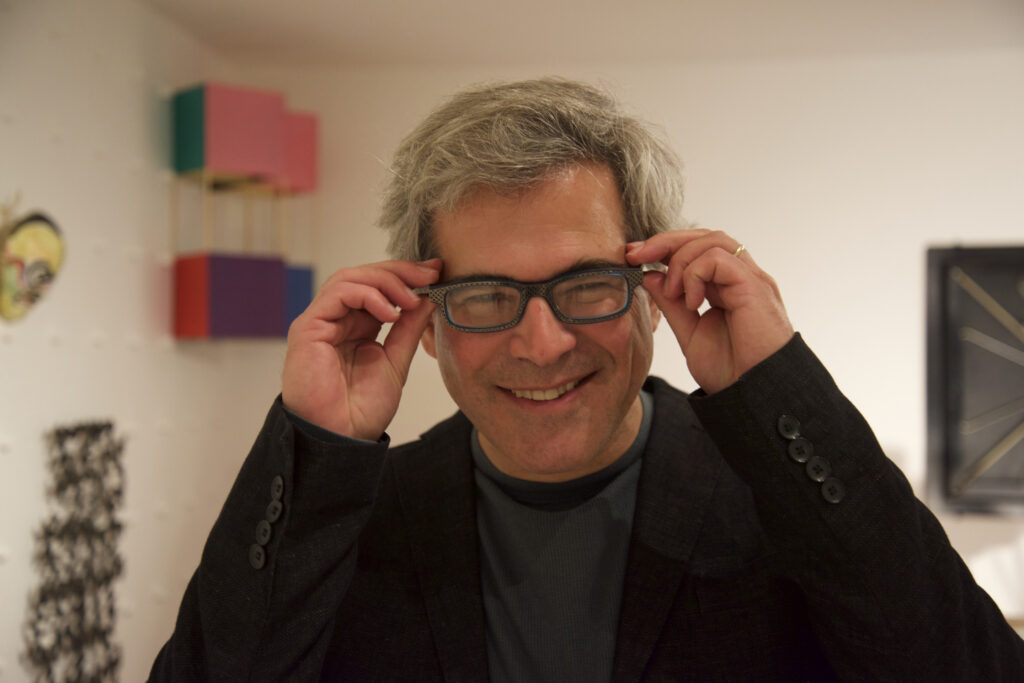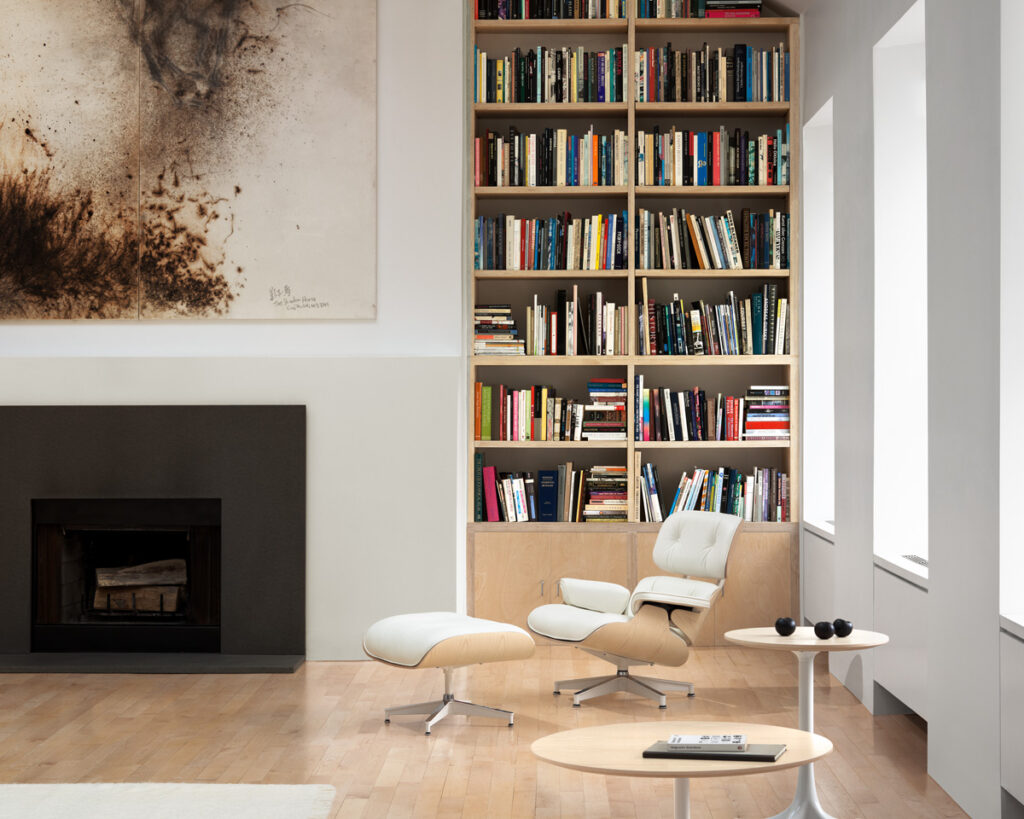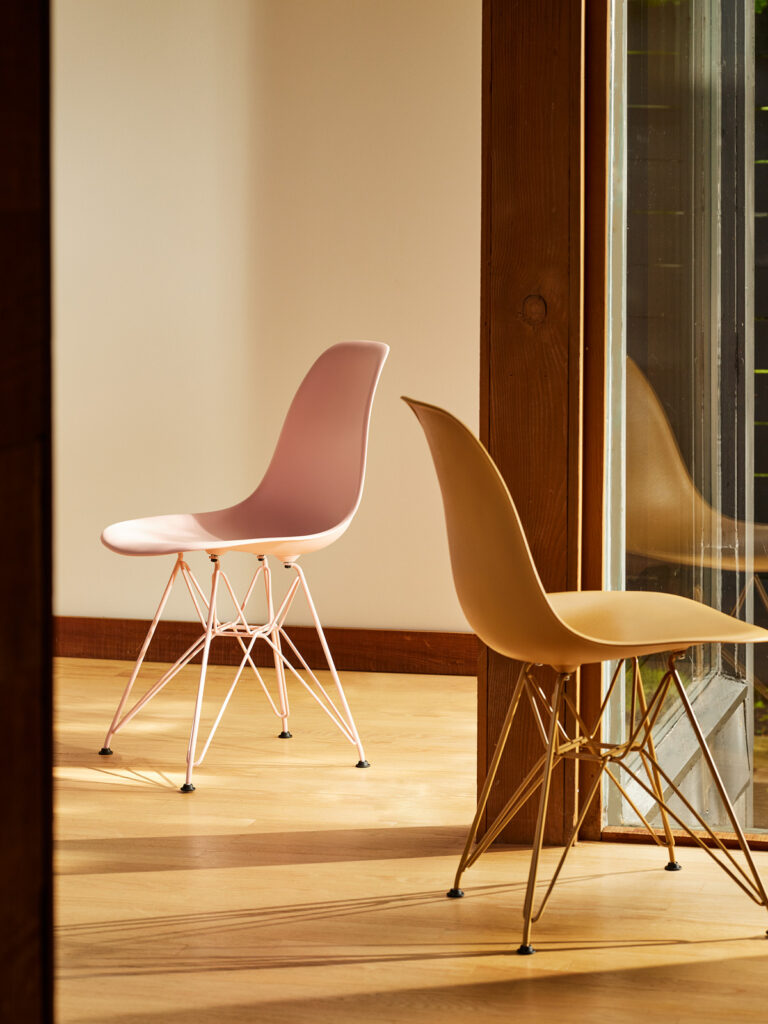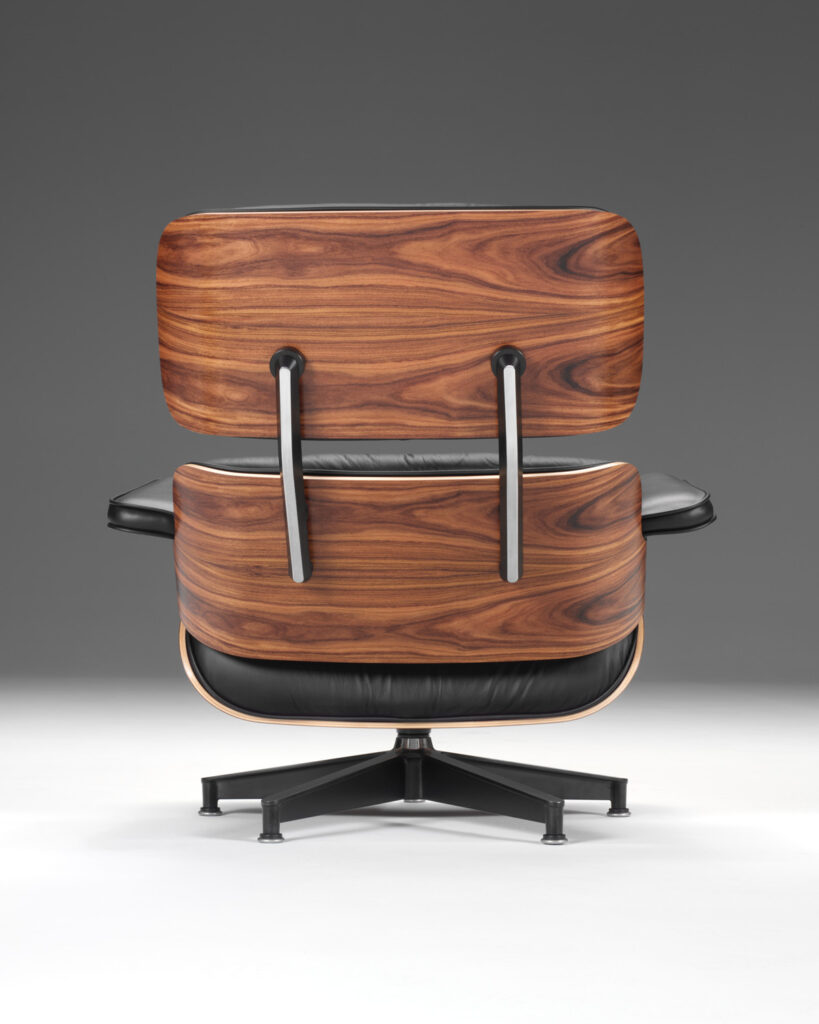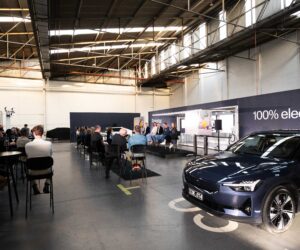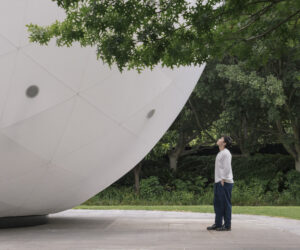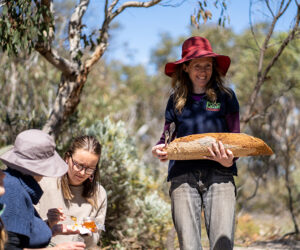A conversation with Eames Demetrios and 25 years of Living Edge
For 25 years, Living Edge has championed authentic design, building a legacy grounded in craft, innovation, and timeless vision. To celebrate this milestone, Eames Demetrios, grandson of Charles and Ray Eames and Director of the Eames Office visited Australia, he reflects on his family’s extraordinary contribution to modern design in a conversation with Tamsin O’Neill, Editor, green magazine.
What do you see as the legacy of Charles and Ray Eames in the field of sustainability?
I think that, in many ways, Powers of Ten (A 1977 short film by the Eames Office) as the ultimate environmental film in a sense, it really is talking about first of all, our place in the universe, which is both quite wonderful, but also quite small. But also just showing us all the orders of magnitude at which we need to think to be successful in some of our challenges on the planet.
In terms of being ahead of their time and sustainability, to me, that film, in a way answers some of the philosophical part of it. When we make these lounge chairs, people give it to their kids and their kids give it to their kids. That in itself is a kind of sustainability. I always say, and I think it’s a great thing that, you know, our biggest competition in the lounge chair is our own. That’s how it should be.
Specifically how has the approach to material choice evolved?
Design is much more of this feeling going into the future, which then means in order to do that, then you have to have a mechanism that monitors that, that has an authority over it. And that’s where the case of Charles and Ray, that’s where the family comes in, and so that relates to sustainability part, the actual plastic we use, and people use the term generically, was actually quite a few flavours of plastic. So we stopped the original fibreglass. We then went to polypropylene, and then we found an ecofriendly fiberglass and used that. And now we we’ve gone to post industrial class recycled plastic. And now that’s where we are, I think it’s close to 100%. The point is that all those are part of our responsibility to push that process forward in the manufacturing of the chairs, and it’s completely consistent with Charles and Ray’s attitude.
We’ve talked to Living Edge about Relive and some of the big jobs they’re doing in Australia, which involves the refurbishment of a lot of original pieces, in fit outs, which is where the most waste occurs in Australia. How is commercial furniture taken back and repurposed in your the USA?
I really think they’re pretty dynamic [the take back programs] and they’re going to be evolving further, but, you know, what Vitra is doing is to actually to create a store around the concept. It’s finding a way for used furniture that’s made to last – the Eames furniture – used furniture to get back into the ecosystem of specification, whether by individuals or companies, as soon as possible with as little friction as possible. And so in the case of the circle store, that’s what Vitra is trying to do and Herman Miller is doing a very similar thing. In the contract world, sometimes the mission is to clear out that 16th floor of a skyscraper. This is where incentives are important. So creating a take back program is important, then they can say, look, I can do the right thing and all I have to do is make one call. And I don’t want to put words in their mouth thinking it’s more than one call, but the idea of that is how it’s going to be successful.
Read more about Living Edge’s Relive program here.
